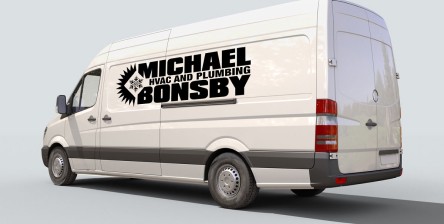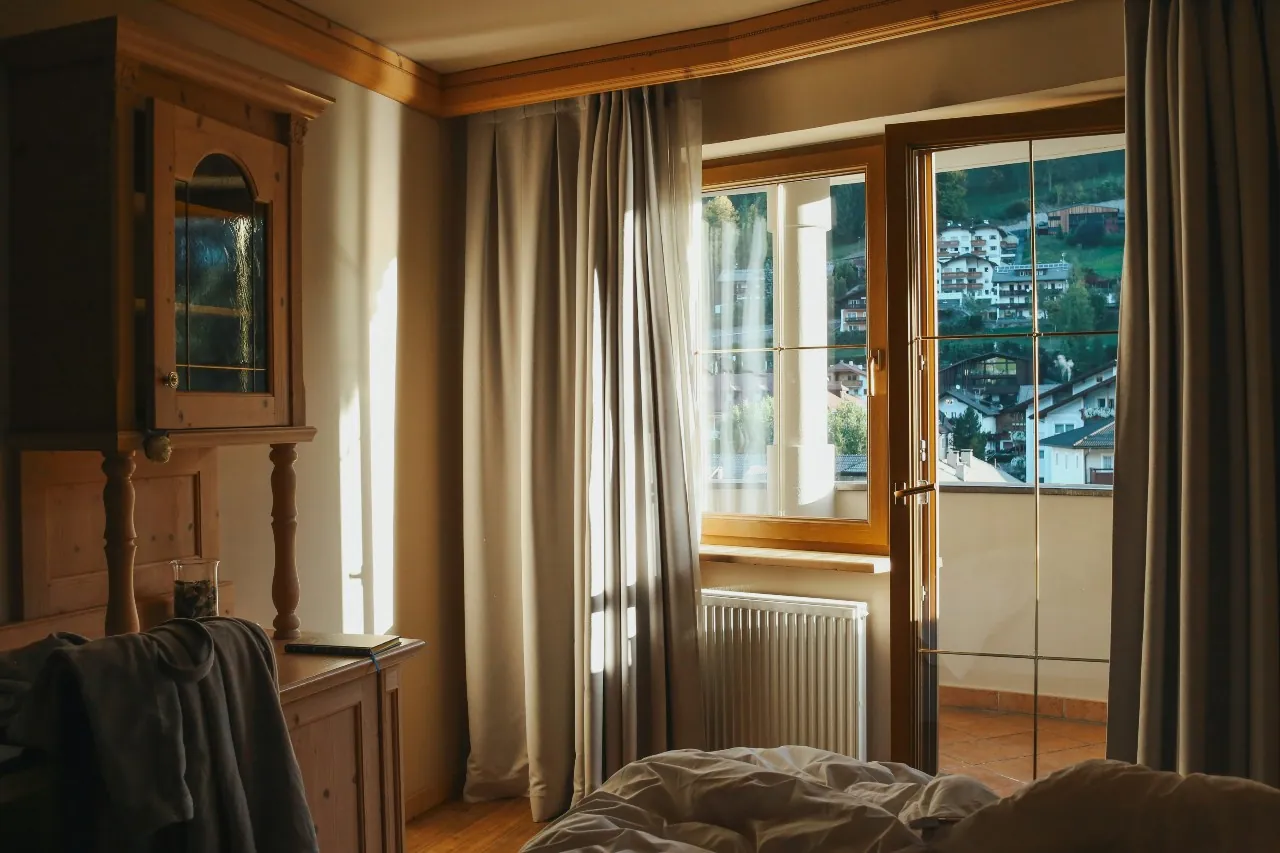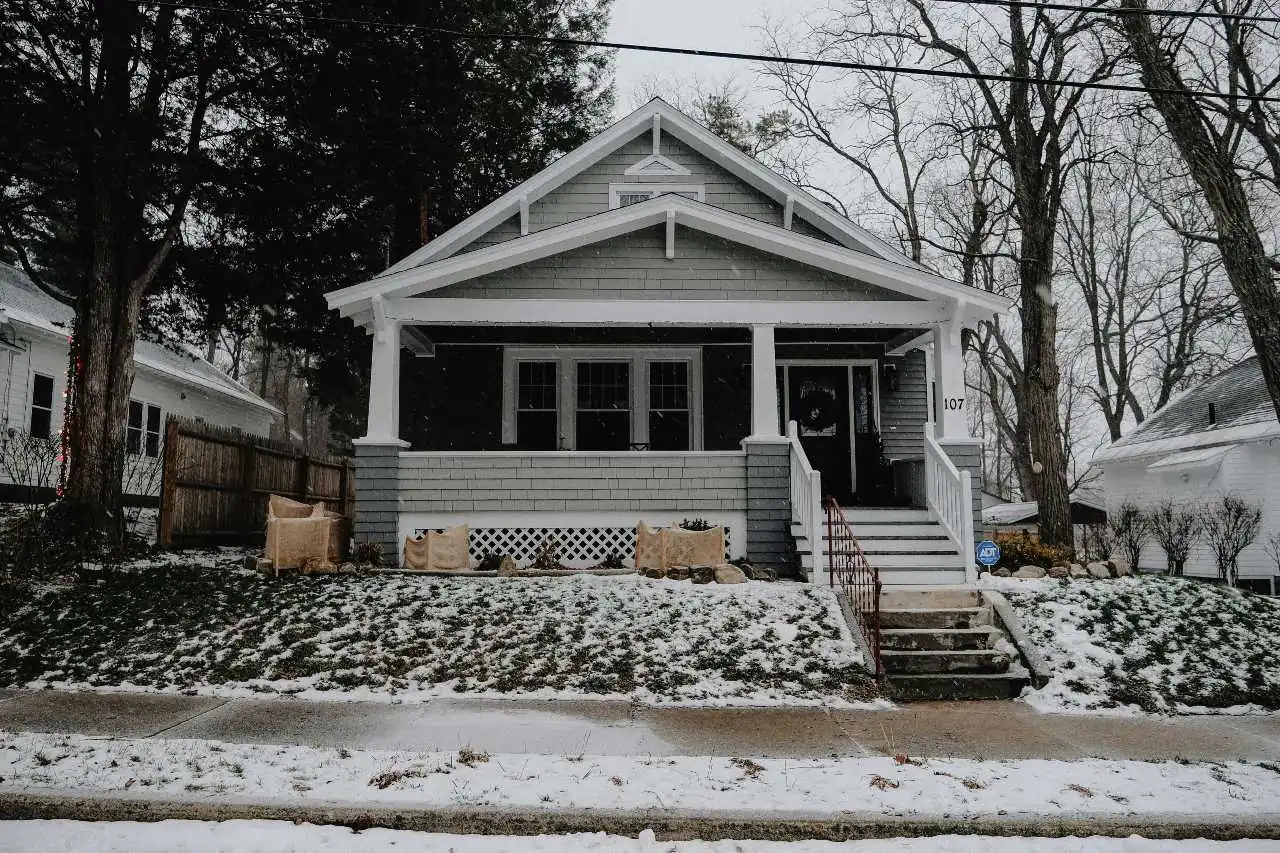Top 10 Heating Issues That Can Leave You Without Warm Air This Winter
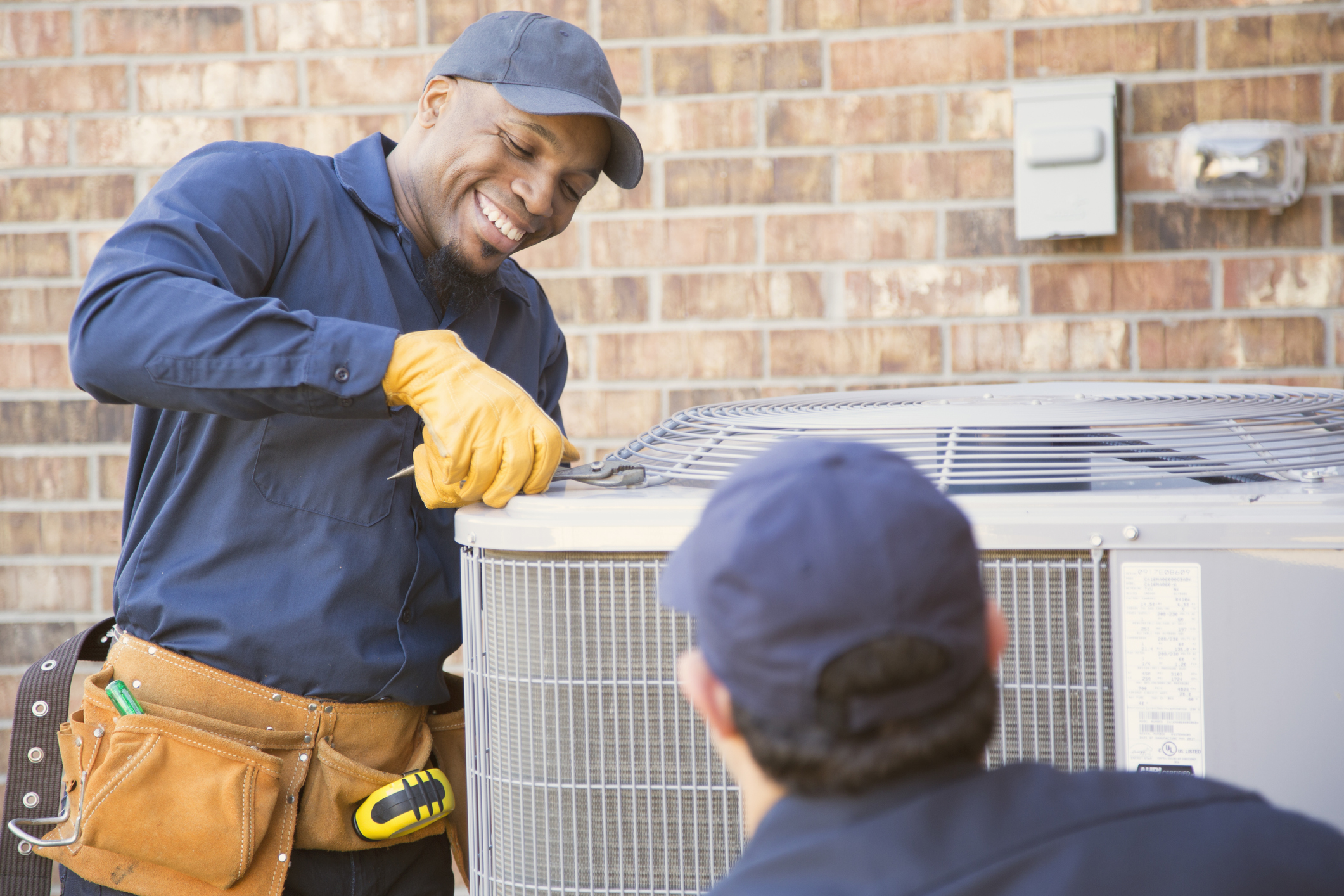
When temperatures drop in Maryland and the DC area, a reliable heating system isn’t optional—it’s essential. But when your furnace or heat pump stops keeping up, small Heating Issues can quickly turn into major headaches. Knowing what to watch for helps you stay ahead of costly repairs and avoid losing heat when you need it most.
This guide covers the top 10 Heating Issues homeowners face, why they happen, and how you can prevent them. From pilot light failures to electrical faults, understanding these problems helps you recognize when it’s time to call a professional technician like Michael Bonsby HVAC, Plumbing & Electrical.
1. Thermostat Malfunction
Your thermostat acts as the control center for your home’s heating system. When it stops working correctly, your system may not turn on, may short cycle, or may blow cold air. This is one of the most common Heating Issues homeowners experience each winter.
Common causes:
-
Dead batteries
-
Miscalibration or incorrect settings
-
Wiring issues or electrical faults
If you’re experiencing erratic temperature control, try replacing batteries and verifying settings first. If the issue persists, a licensed technician can inspect wiring and test the thermostat’s accuracy.
2. Dirty or Clogged Air Filters
One of the most overlooked Heating Issues is a dirty air filter. A clogged filter restricts airflow, forcing your system to work harder and heat less effectively.
What to do:
Check and replace your filters every 30–90 days during heating season. Clean airflow not only improves efficiency but also extends the lifespan of your furnace or heat pump.
3. Pilot Light or Ignition Problems
If your gas furnace isn’t producing heat, the issue might stem from the pilot light or ignition system. Modern systems use electronic ignition components that can fail over time. These are among the Heating Issues that require professional attention.
Possible causes:
-
Dirty flame sensor
-
Gas supply issues
-
Faulty ignitor
Never attempt to fix gas-related issues yourself. Contact an HVAC professional immediately to ensure safe repairs.
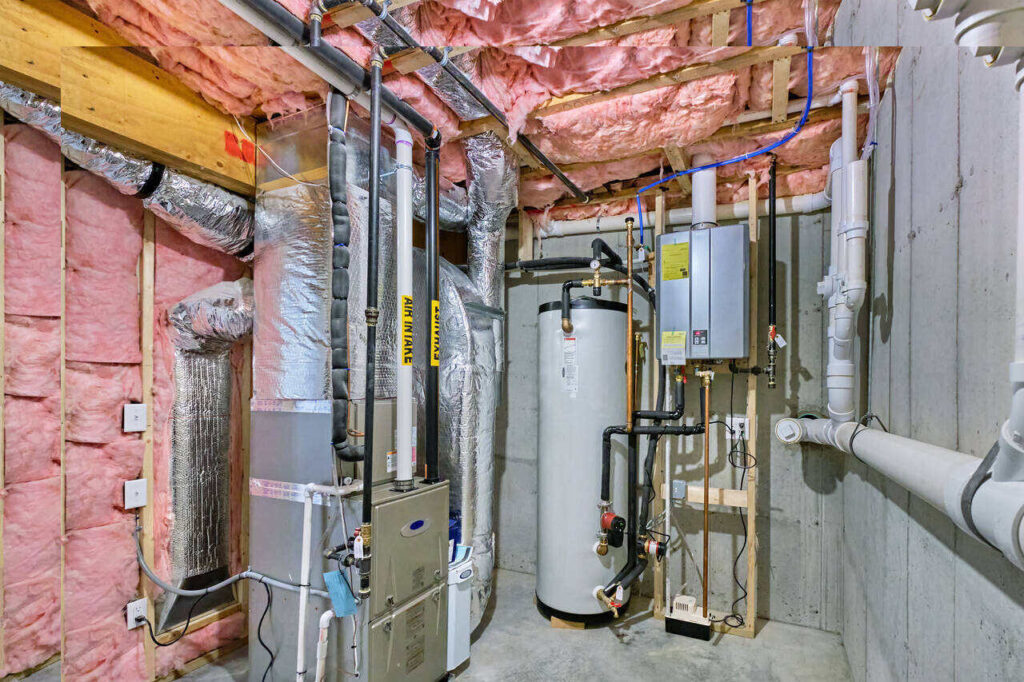
4. Blower Motor Malfunction
The blower motor is responsible for moving warm air through your ducts. When it fails, you’ll notice weak or no airflow from your vents. This is one of the Heating Issues that directly impacts comfort.
Warning signs:
-
Burning smells
-
Unusual noises (squealing or grinding)
-
System constantly cycling on and off
If the blower fails completely, your furnace may shut down to prevent overheating. In this case, professional inspection is required.
5. Faulty Heat Exchanger
A cracked heat exchanger is a serious issue that can leak dangerous carbon monoxide into your home. It’s one of the most hazardous Heating Issues a homeowner can face.
Indicators:
-
Strong chemical or metallic smells
-
Visible cracks or corrosion inside the furnace
-
Unexplained headaches or nausea in your household
If you suspect this issue, turn off your furnace immediately and call a licensed HVAC technician. Routine inspections from professionals like Michael Bonsby can help detect issues before they become hazardous.
6. Blocked or Leaking Ductwork
Even if your furnace is running efficiently, leaks or blockages in your ductwork can waste warm air and create cold spots around your home. Duct problems are another example of Heating Issues that often go unnoticed.
Common signs:
-
Uneven room temperatures
-
Higher energy bills
-
Whistling or rattling noises
Michael Bonsby’s team also provides custom ductwork solutions to improve heating efficiency and comfort.
7. Electrical Connection Issues
Many Heating Issues trace back to electrical faults, including tripped breakers, loose wiring, or damaged connections. Since furnaces and heat pumps rely on complex electrical systems, even small malfunctions can disrupt heating.
If you suspect electrical issues, reach out for electrical repair or electrical installation from certified specialists. Electrical safety is a priority—never attempt DIY fixes unless you’re trained.
Learn more about electrical terms and system components from JJ Loughran’s Electrical Terminology Guide.
8. Dirty Flame Sensor
When the flame sensor becomes coated with soot or dust, it can no longer properly detect a flame, causing your system to shut down prematurely. A dirty flame sensor ranks high among Heating Issues that cause intermittent furnace performance.
Signs of a dirty sensor:
-
Furnace cycles on and off rapidly
-
System fails to stay lit
A professional can clean or replace the sensor, ensuring consistent performance.
9. Failing Limit Switch
The limit switch monitors the furnace’s temperature and prevents overheating. If it fails, your blower might run constantly, or your system may not start at all. It’s a frequent Heating Issue found during seasonal inspections.
Replacing a faulty limit switch is a straightforward repair for an experienced technician. Annual tune-ups help catch these issues early.
10. Poor Maintenance Practices
Skipping annual maintenance is the leading cause of heating breakdowns. Small issues—like loose connections or dirty components—can turn into major failures if ignored. Many recurring Heating Issues result from neglecting simple maintenance.
Schedule seasonal inspections and tune-ups with Michael Bonsby HVAC, Plumbing & Electrical to keep your system reliable all winter long. During service, technicians clean components, check electrical parts, test airflow, and verify combustion safety.
When to Call a Professional
If your heating system won’t start, blows cold air, or makes unusual noises, it’s best to call a certified technician. DIY attempts can cause more harm than good, especially with gas or electrical systems. Calling early helps prevent serious Heating Issues from developing.
Professional repairs ensure:
-
Safe operation
-
Accurate diagnostics
-
Long-term reliability
Michael Bonsby’s experienced technicians handle everything from thermostat calibration to air conditioning repair and commercial electrical work.
Preventing Future Heating Issues
The best way to avoid mid-winter breakdowns is proactive care. Here’s how to keep your system in peak condition:
-
Change air filters regularly.
-
Schedule annual maintenance.
-
Keep vents clear of furniture and dust.
-
Inspect your thermostat settings.
-
Listen for new or unusual noises.
If your heating system is nearing 15–20 years old, it may be time to consider an upgrade. A replacement can reduce energy use and improve comfort throughout your home.
The Role of Air Conditioning Systems in Winter Comfort
Even though it’s heating season, your cooling system plays a role in indoor comfort and air quality. Systems like air conditioning installation and air conditioning replacement include components that work in harmony with your furnace or heat pump.
Routine inspections help identify electrical or mechanical problems that can affect both heating and cooling performance year-round.
Why Choose Michael Bonsby HVAC, Plumbing & Electrical
With years of experience serving Maryland and the DC metro area, Michael Bonsby’s team provides reliable heating repair, maintenance, and replacement services. Customers trust their transparent pricing, fast response times, and professional workmanship.
Whether you’re dealing with inconsistent temperatures, unusual smells, or a system that won’t turn on, their technicians can diagnose and resolve the issue efficiently.
Stay Warm, Stay Safe
Your heating system is one of the most important investments in your home. Paying attention to early warning signs and scheduling maintenance can help you avoid emergencies during freezing temperatures.
If you suspect an issue with your heating system, contact Michael Bonsby HVAC, Plumbing & Electrical today for expert service you can count on.
Keynotes:
-
Dirty air filters and neglected maintenance are the top causes of furnace inefficiency.
-
Electrical and ignition problems require professional inspection for safety.
-
Duct leaks and poor airflow waste energy and reduce comfort.
-
Regular maintenance prevents up to 90% of common Heating Issues.
Frequently Asked Questions
What causes my heating system to blow cold air?
A heating system may blow cold air due to issues like a malfunctioning thermostat, dirty air filters, or ignition failure. Gas furnaces may also have pilot light or flame sensor problems. In many cases, airflow blockages or faulty ductwork reduce heat delivery. If your system continues to blow cool air after a reset, contact a professional technician to diagnose the underlying Heating Issues.
Why does my furnace keep turning on and off?
This problem—known as short cycling—can be caused by restricted airflow, dirty filters, or an oversized system. Faulty thermostats or limit switches can also trigger frequent cycling. Cleaning or replacing filters and scheduling a professional inspection can help correct these Heating Issues before they lead to bigger problems.
How often should I schedule heating maintenance?
You should schedule furnace or heat pump maintenance once per year, ideally in early fall before peak heating season. Regular service includes cleaning internal components, checking electrical connections, testing safety switches, and ensuring optimal airflow—all of which improve efficiency and prevent costly Heating Issues.
Is it normal for my furnace to make noise?
Some sounds, like soft hums or gentle air movement, are normal. But loud banging, rattling, or squealing noises indicate potential Heating Issues with the blower motor, bearings, or ductwork. Persistent noises should always be checked by an HVAC technician to avoid damage to internal components.
When should I consider replacing my heating system?
If your furnace or heat pump is over 15 years old, requires frequent repairs, or causes high utility bills, replacement may be the best option. A new, high-efficiency system provides better comfort, lower energy costs, and improved safety while reducing future Heating Issues.
Contact Us Today Full Width
